Home>Home Appliances>Laundry Appliances>How To Open The Top Of A Washing Machine
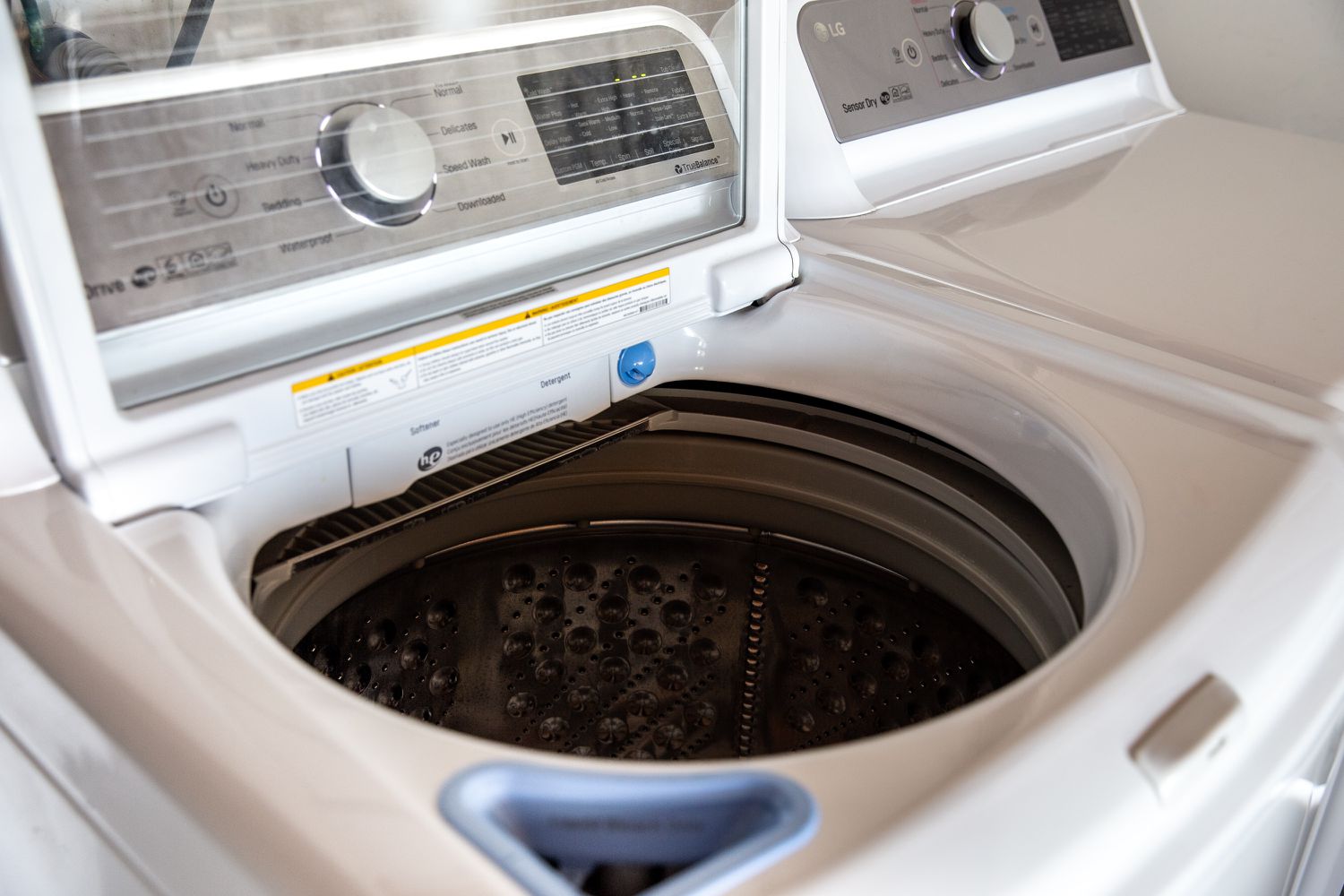

Laundry Appliances
How To Open The Top Of A Washing Machine
Published: February 22, 2024
Learn how to safely open the top of your laundry appliances with our step-by-step guide. Keep your washing machine in top condition with our expert tips.
(Many of the links in this article redirect to a specific reviewed product. Your purchase of these products through affiliate links helps to generate commission for Storables.com, at no extra cost. Learn more)
Introduction
Opening the top of a washing machine may seem like a daunting task, especially for those who are not familiar with the inner workings of these essential appliances. However, understanding how to access the top of a washing machine can be incredibly useful for maintenance, repairs, and even simple tasks such as cleaning the interior. By gaining insight into this process, you can ensure that your washing machine continues to function optimally and efficiently.
In this comprehensive guide, we will delve into the step-by-step process of opening the top of a washing machine. Whether you are a homeowner looking to perform routine maintenance or a DIY enthusiast eager to explore the inner mechanisms of your appliance, this article will equip you with the knowledge and confidence to tackle this task.
Understanding the internal components of a washing machine can provide valuable insights into its operation. By gaining access to the top of the machine, you can inspect and troubleshoot various elements, such as the lid switch, control panel, and internal wiring. Additionally, accessing the top of the washing machine can facilitate the cleaning of hard-to-reach areas and components, ultimately contributing to the appliance's longevity and performance.
By following the detailed steps outlined in this guide, you will be able to open the top of your washing machine safely and efficiently. Furthermore, we will provide valuable tips and troubleshooting advice to address common issues that may arise during this process. Whether you are a seasoned DIY enthusiast or a novice homeowner, this guide will empower you to navigate the inner workings of your washing machine with confidence.
Now, let's gather the necessary tools and materials and proceed with the essential steps to open the top of a washing machine.
Key Takeaways:
- Opening the top of a washing machine requires essential tools, safety precautions, and a systematic approach. It empowers homeowners to perform maintenance, troubleshoot issues, and understand the appliance’s inner workings for optimal performance.
- Troubleshooting tips and insights gained from opening the top panel enable proactive maintenance, cost savings, and a seamless laundry experience. It fosters self-reliance and empowers individuals to extend the longevity of their washing machines.
Read more: How To Open The Top Of A Maytag Washer
Tools and Materials Needed
Before embarking on the process of opening the top of a washing machine, it is essential to gather the necessary tools and materials to ensure a smooth and efficient procedure. Having the right equipment at your disposal will not only streamline the task but also contribute to a safe and successful outcome. Here are the essential tools and materials needed for this process:
Tools:
-
Screwdriver Set: A versatile screwdriver set with both flathead and Phillips head screwdrivers is indispensable for accessing the top of the washing machine. Different models may require specific screwdriver sizes, so having a set ensures that you are prepared for various configurations.
-
Putty Knife or Spatula: A putty knife or spatula can be used to gently pry open the top of the washing machine. This tool is instrumental in releasing any clips or latches that secure the top panel in place.
-
Flashlight: A reliable flashlight will aid in illuminating the interior of the washing machine, especially if the area is dimly lit or if you need to inspect specific components closely.
-
Safety Gloves: It is crucial to prioritize safety when working with appliances. Wearing safety gloves will protect your hands from sharp edges and potential hazards inside the washing machine.
-
Safety Goggles: To safeguard your eyes from debris or dust particles that may be dislodged during the process, safety goggles are essential.
-
Owner's Manual: Having the washing machine's owner's manual on hand can provide valuable insights into the specific procedures for accessing the top panel. It may also contain manufacturer-recommended guidelines for maintenance and repairs.
Materials:
-
Clean Cloth or Towel: Keeping a clean cloth or towel nearby is useful for wiping any dust or debris that may have accumulated on the top panel or interior components.
-
Cleaning Solution: Depending on the condition of the washing machine, a mild cleaning solution and water may be required to clean the top panel and interior surfaces.
-
Replacement Parts (if necessary): If your intention is to perform maintenance or repairs, it is advisable to have replacement parts on standby. This may include components such as lid switches, wiring harnesses, or control panel elements.
By ensuring that you have these tools and materials readily available, you can proceed with confidence, knowing that you are well-equipped to open the top of your washing machine efficiently and safely. Now that we have gathered the necessary tools and materials, let's proceed with the next crucial aspect: safety precautions.
Safety Precautions
Prior to initiating any maintenance or repair procedures on a washing machine, it is imperative to prioritize safety precautions to mitigate potential risks and ensure a secure working environment. By adhering to the following safety guidelines, you can safeguard yourself and prevent accidents during the process of opening the top of a washing machine.
-
Power Disconnection: Always start by unplugging the washing machine from the power source. This fundamental step is crucial in preventing electrical hazards and ensuring that the appliance remains inactive throughout the procedure. Additionally, if the washing machine is hardwired, it is essential to switch off the circuit breaker that supplies power to the appliance.
-
Allow Cooling Time: If the washing machine has been in use prior to the maintenance task, allow sufficient time for it to cool down. Components such as the motor and internal mechanisms may retain heat, posing a risk of burns or discomfort if accessed immediately after operation.
-
Protective Gear: Prior to commencing work on the washing machine, equip yourself with appropriate protective gear. Safety gloves will shield your hands from sharp edges and potential abrasions, while safety goggles will safeguard your eyes from debris or dust particles that may be dislodged during the process.
-
Stable Work Surface: Ensure that the washing machine is positioned on a stable and level surface before attempting to open the top panel. This minimizes the risk of the appliance shifting or toppling during the procedure, thereby preventing potential injuries or damage to the machine.
-
Mindful Handling of Tools: Exercise caution when using tools such as screwdrivers and putty knives. Ensure that the screwdriver tips are in good condition to prevent slippage and potential injuries. When using a putty knife or spatula, apply gentle and controlled force to avoid damage to the washing machine's exterior.
-
Adherence to Guidelines: Refer to the manufacturer's guidelines and safety instructions provided in the owner's manual. Each washing machine model may have specific safety considerations and unique procedures for accessing internal components. Adhering to these guidelines is essential for a safe and effective process.
By conscientiously observing these safety precautions, you can create a secure working environment and minimize the likelihood of accidents or mishaps while opening the top of a washing machine. Prioritizing safety not only protects you from potential harm but also contributes to a smooth and successful maintenance or repair procedure. With these precautions in place, you are now prepared to proceed with the step-by-step process of opening the top of your washing machine.
Read more: How To Open Kenmore Washer
Steps to Open the Top of a Washing Machine
-
Unplug the Washing Machine: Begin by disconnecting the washing machine from the power source. This crucial step ensures that the appliance remains inactive and eliminates the risk of electrical hazards during the process.
-
Locate the Retaining Clips or Screws: Depending on the model of the washing machine, the top panel may be secured by retaining clips or screws. Use the owner's manual or visual inspection to identify the securing mechanism.
-
Access the Retaining Clips: If the top panel is secured by retaining clips, slide a putty knife or spatula between the top and front panels to release the clips. Apply gentle pressure to disengage the clips and carefully lift the top panel to access the interior.
-
Remove the Screws: In the case of screw-secured top panels, utilize the appropriate screwdriver to remove the screws. Place the screws in a secure location to prevent misplacement and ensure they are readily available for reassembly.
-
Lift the Top Panel: Once the retaining clips or screws have been disengaged, lift the top panel of the washing machine. Exercise caution to avoid straining any attached wires or components. It is advisable to have a second person assist in holding the top panel to prevent accidental damage.
-
Secure the Top Panel: If necessary, use a support mechanism to secure the top panel in an open position. This can be achieved by propping the panel against a stable object or utilizing a support rod to prevent it from inadvertently closing during inspection or maintenance tasks.
-
Inspect the Interior: With the top panel open, use a flashlight to illuminate the interior of the washing machine. Take this opportunity to inspect the components, wiring, and any visible areas that may require cleaning or maintenance. Be mindful of sharp edges and internal moving parts.
-
Proceed with Maintenance or Repairs: If the purpose of opening the top panel is for maintenance or repairs, proceed with the necessary tasks as per the manufacturer's guidelines or specific requirements. This may include cleaning internal components, replacing parts, or troubleshooting issues related to the control panel or lid switch.
-
Reassemble the Top Panel: Once the inspection, maintenance, or repair tasks are completed, carefully lower the top panel into its original position. Ensure that any wires or components are not pinched or obstructed during reassembly.
-
Secure the Top Panel: If the top panel is secured by retaining clips, gently press it down to engage the clips. For screw-secured panels, reinsert and tighten the screws using the appropriate screwdriver.
-
Plug in the Washing Machine: After the top panel is securely reattached, plug the washing machine back into the power source. This allows you to test the appliance and ensure that it functions as intended.
By following these step-by-step instructions, you can confidently open the top of your washing machine, perform necessary maintenance or repairs, and gain valuable insights into its internal components. This process empowers you to maintain the optimal functionality and longevity of your washing machine, contributing to its efficient performance and reliability.
Troubleshooting and Tips
Troubleshooting potential issues with your washing machine can be a valuable aspect of opening the top panel. By gaining access to the internal components, you can identify and address common problems that may affect the appliance's performance. Here are some troubleshooting tips and valuable insights to consider when inspecting the interior of your washing machine:
1. Lid Switch Inspection:
- The lid switch is a critical safety component that prevents the washing machine from operating when the lid is open. If you encounter issues with the machine not starting or stopping mid-cycle, the lid switch may be faulty or obstructed. Inspect the lid switch and its wiring for any signs of damage or disconnection. Cleaning the switch mechanism and ensuring proper alignment can resolve intermittent operation issues.
2. Control Panel Examination:
- The control panel houses the washing machine's interface and electronic components. If you experience erratic behavior such as unresponsive controls or error codes, inspect the control panel for visible damage, loose connections, or moisture ingress. Cleaning the control panel contacts and ensuring secure wiring connections can rectify control-related malfunctions.
Read more: How To Load A Top Load Washer
3. Wiring and Harness Checks:
- Internal wiring and harnesses play a crucial role in facilitating electrical connections within the washing machine. During the inspection, pay close attention to the wiring and harnesses for signs of wear, fraying, or loose connections. Addressing any damaged wiring or securing loose connections can prevent electrical issues and erratic operation.
4. Cleaning and Maintenance:
- Opening the top panel provides an opportune moment to conduct routine cleaning and maintenance. Remove any accumulated lint, debris, or detergent residue from the interior components, including the tub, agitator, and drain system. Additionally, inspect and clean the dispensers and seals to prevent mold or mildew buildup, contributing to optimal washing performance and hygiene.
5. Component Replacement Considerations:
- If you identify faulty components such as the lid switch, control panel elements, or wiring harnesses during the inspection, consider procuring replacement parts. Ensure that the replacement components are compatible with your washing machine model and adhere to manufacturer specifications. Replacing faulty parts can restore the appliance's functionality and prevent recurring issues.
6. Professional Assistance:
- In cases where complex issues or technical challenges are encountered, seeking professional assistance from a certified technician or appliance repair service is advisable. Professional technicians possess the expertise and diagnostic tools to address intricate problems and ensure comprehensive repairs, enhancing the long-term reliability of the washing machine.
By incorporating these troubleshooting tips and insights into your maintenance routine, you can proactively address potential issues and maintain the optimal functionality of your washing machine. The process of opening the top panel not only facilitates troubleshooting but also empowers you to uphold the appliance's efficiency and performance, contributing to a seamless laundry experience.
Read more: How To Level A Top Load Washing Machine
Conclusion
In conclusion, mastering the process of opening the top of a washing machine equips homeowners and DIY enthusiasts with the knowledge and confidence to engage in essential maintenance, repairs, and troubleshooting. By following the comprehensive steps outlined in this guide, individuals can gain access to the internal components of their washing machines, fostering a deeper understanding of the appliance's functionality and facilitating proactive measures to ensure optimal performance.
The journey of opening the top panel begins with the gathering of essential tools and materials, emphasizing the importance of safety precautions, and culminates in a systematic approach to accessing and inspecting the interior of the washing machine. The utilization of tools such as screwdrivers, putty knives, and safety gear, combined with a methodical process, ensures a safe and efficient experience.
Furthermore, the troubleshooting tips and insights provided offer valuable guidance for identifying and addressing common issues that may affect the washing machine's operation. From inspecting the lid switch and control panel to conducting thorough cleaning and maintenance, individuals can proactively maintain their appliances and mitigate potential malfunctions.
By integrating these practices into their maintenance routines, homeowners can extend the longevity of their washing machines, optimize their performance, and minimize the need for extensive repairs. Additionally, the empowerment to identify and address minor issues can lead to cost savings and a seamless laundry experience.
In essence, the ability to open the top of a washing machine transcends a mere technical task; it represents an opportunity for individuals to engage with and understand the inner workings of an essential household appliance. This knowledge fosters a sense of self-reliance and empowerment, enabling individuals to take proactive measures to ensure the longevity and efficiency of their washing machines.
As we conclude this guide, it is essential to emphasize the significance of referring to the manufacturer's guidelines and seeking professional assistance when encountering complex issues. By combining practical knowledge with professional expertise, individuals can navigate the maintenance and repair landscape with confidence, ultimately contributing to the sustained functionality and reliability of their washing machines.
Frequently Asked Questions about How To Open The Top Of A Washing Machine
Was this page helpful?
At Storables.com, we guarantee accurate and reliable information. Our content, validated by Expert Board Contributors, is crafted following stringent Editorial Policies. We're committed to providing you with well-researched, expert-backed insights for all your informational needs.
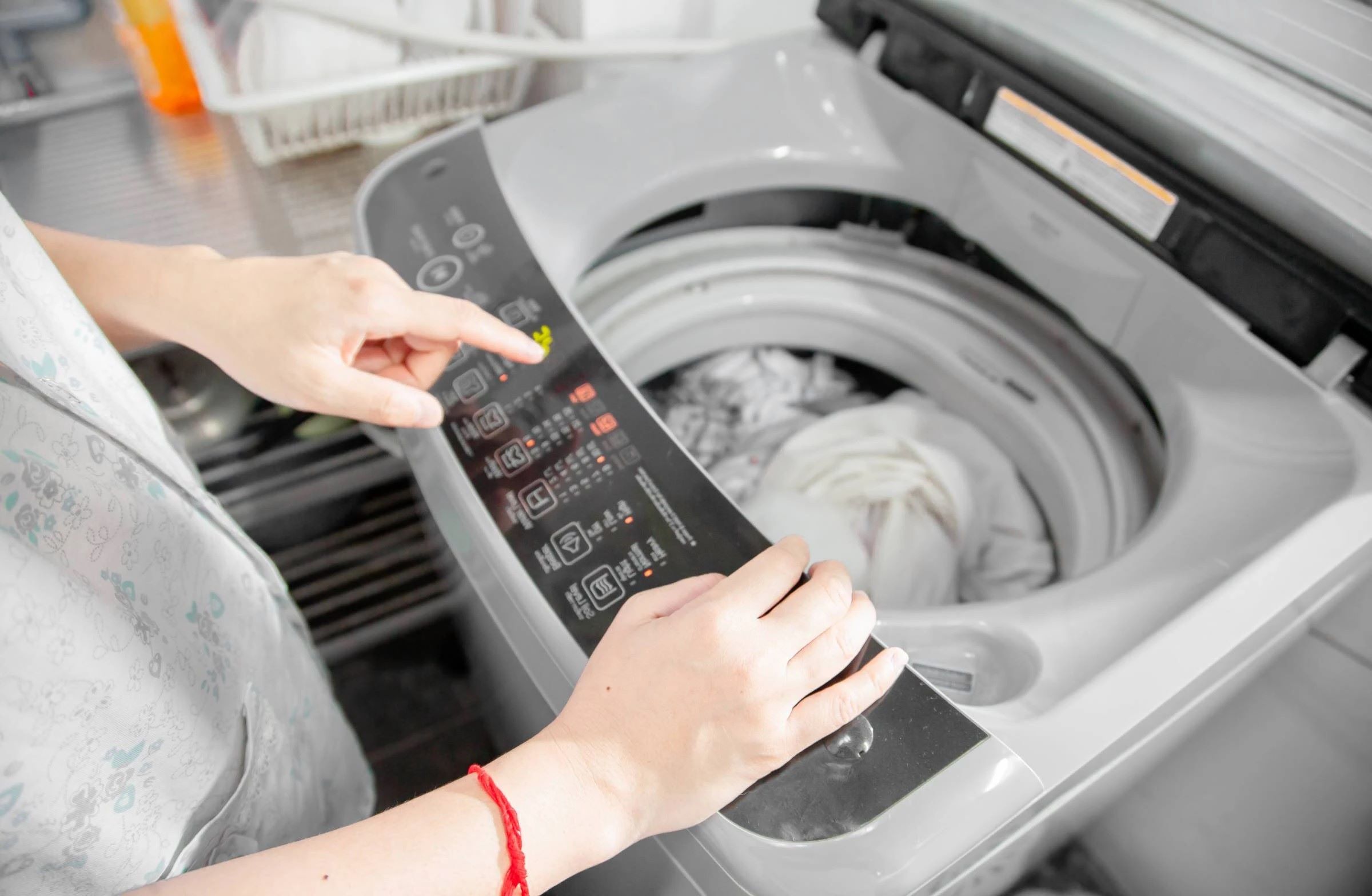
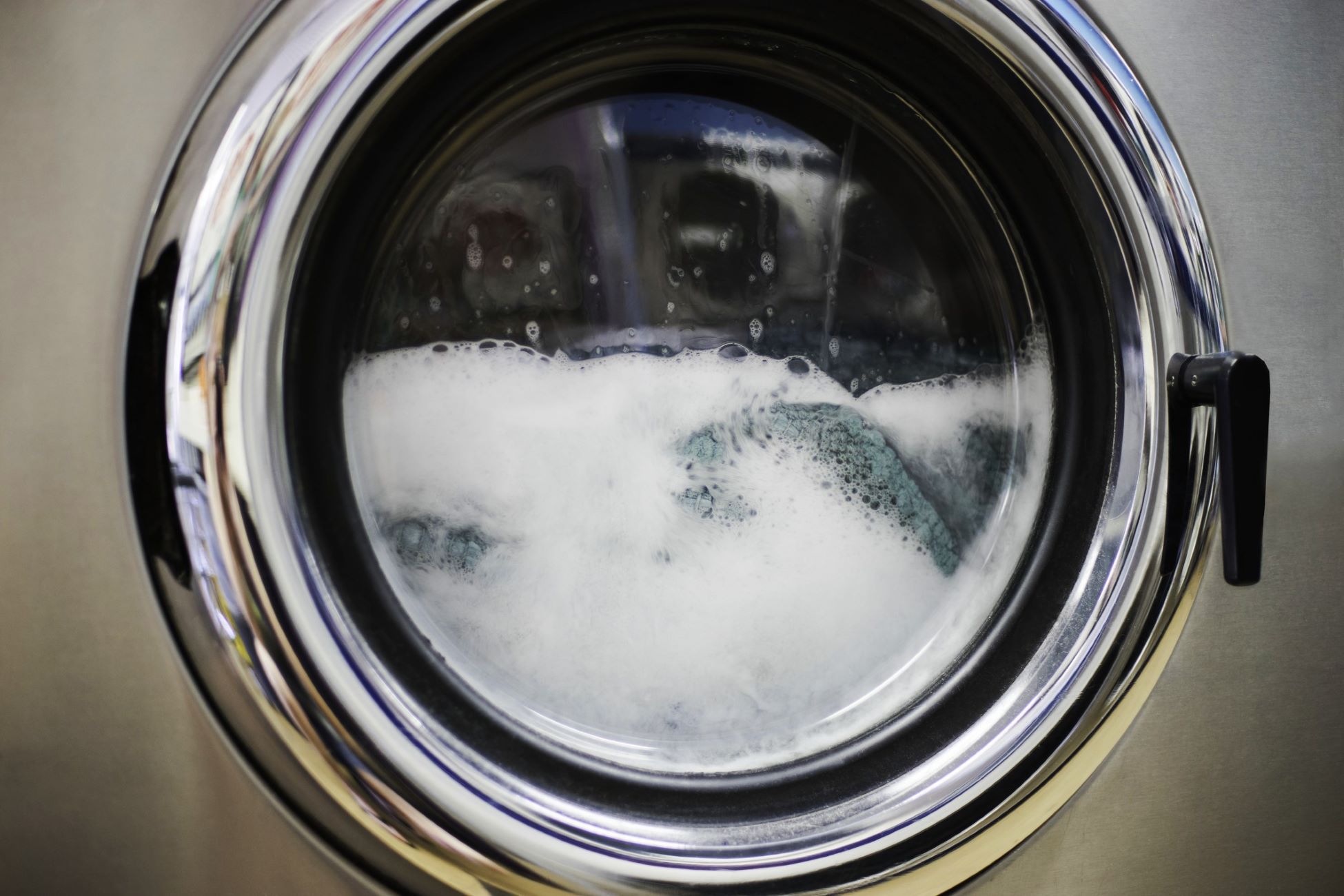
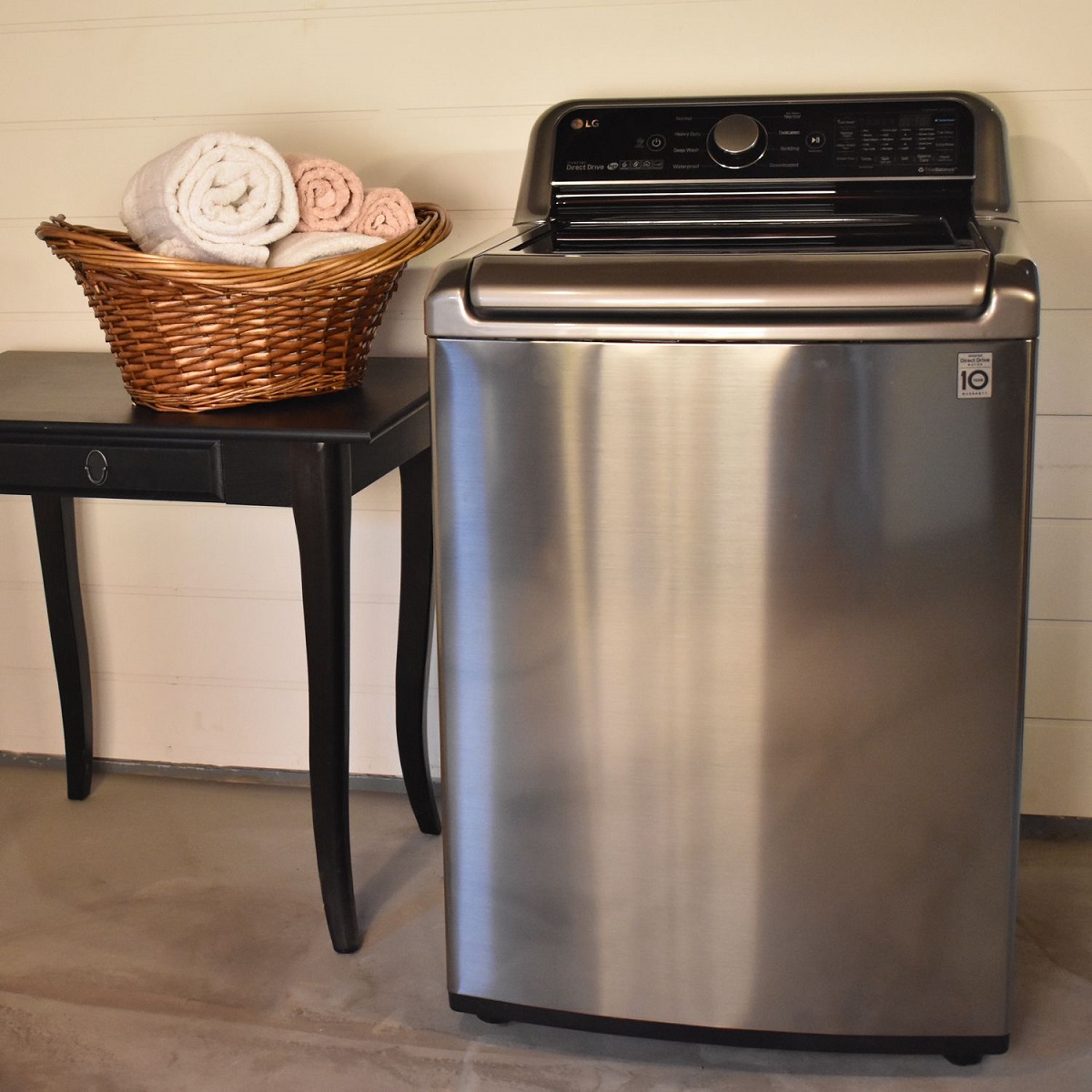
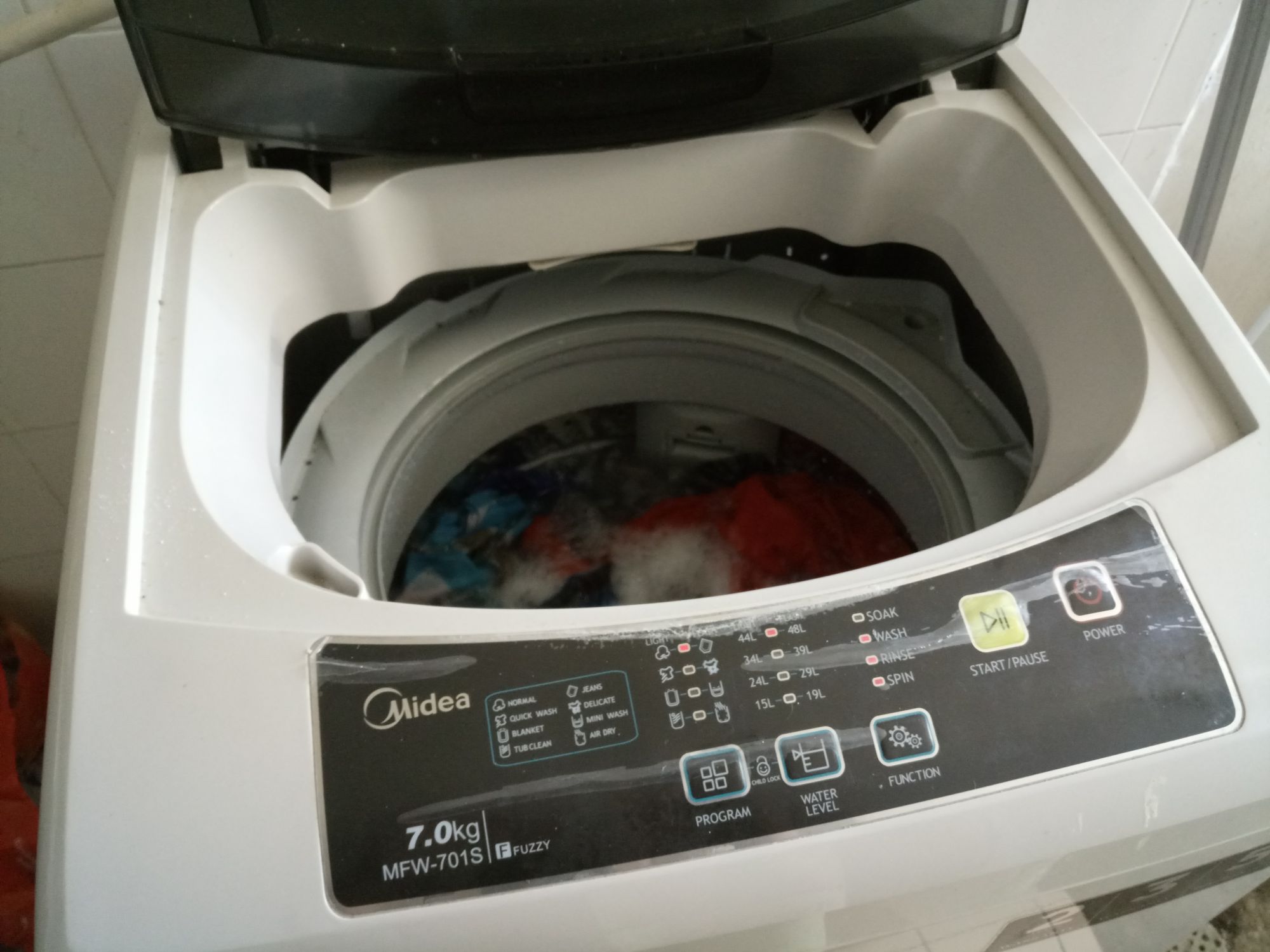
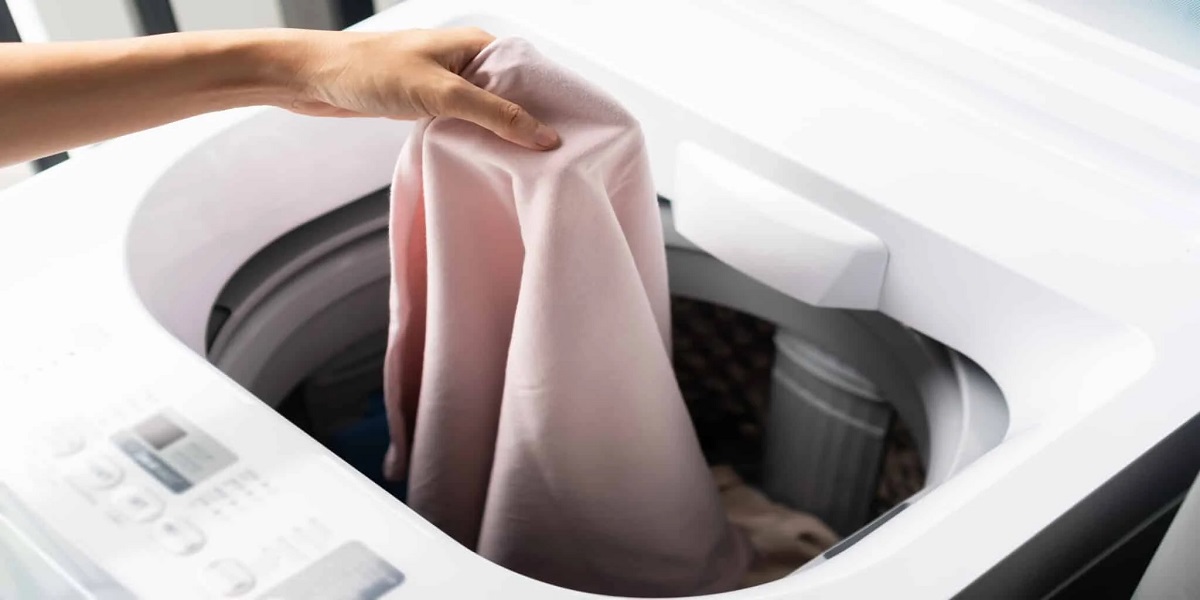
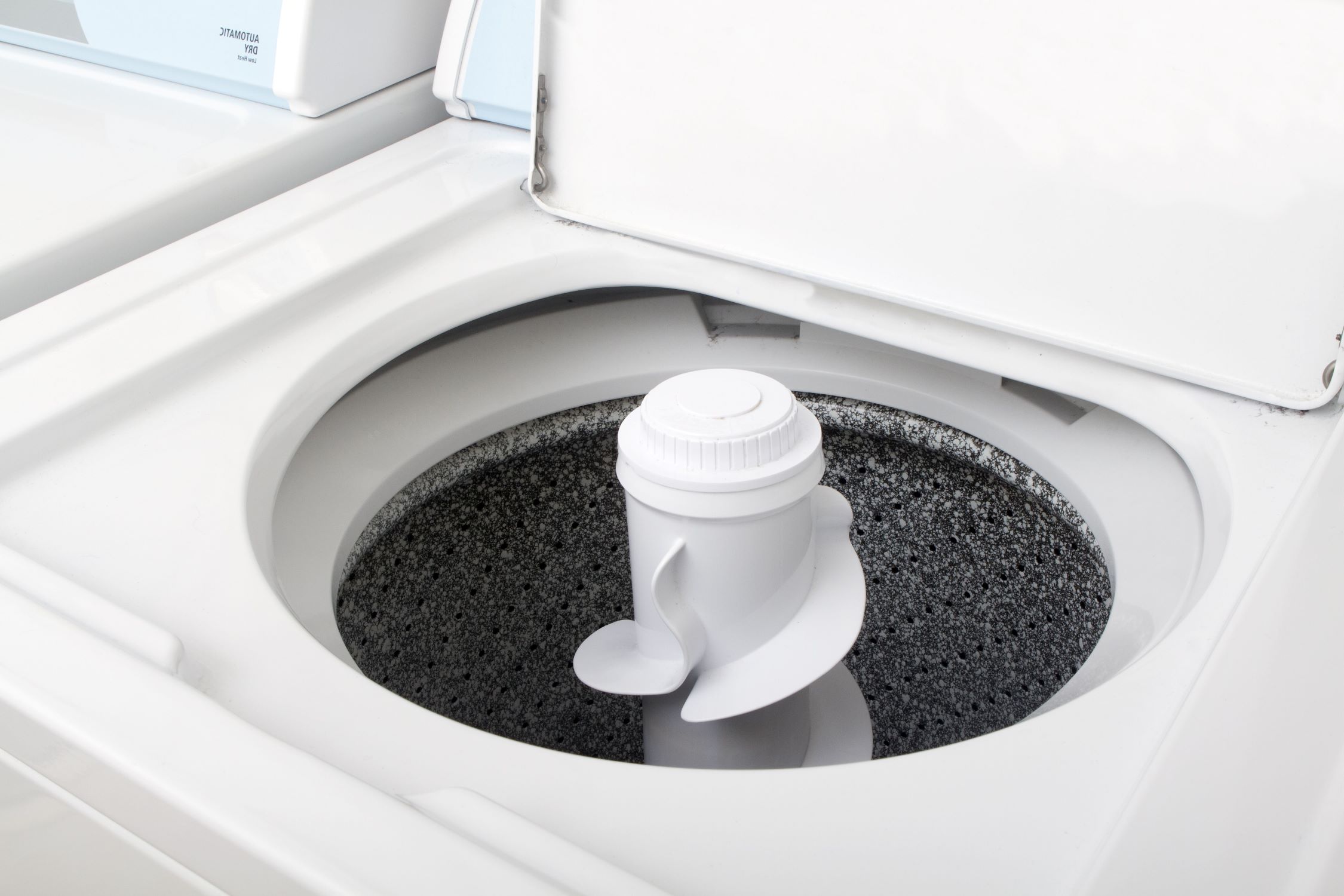
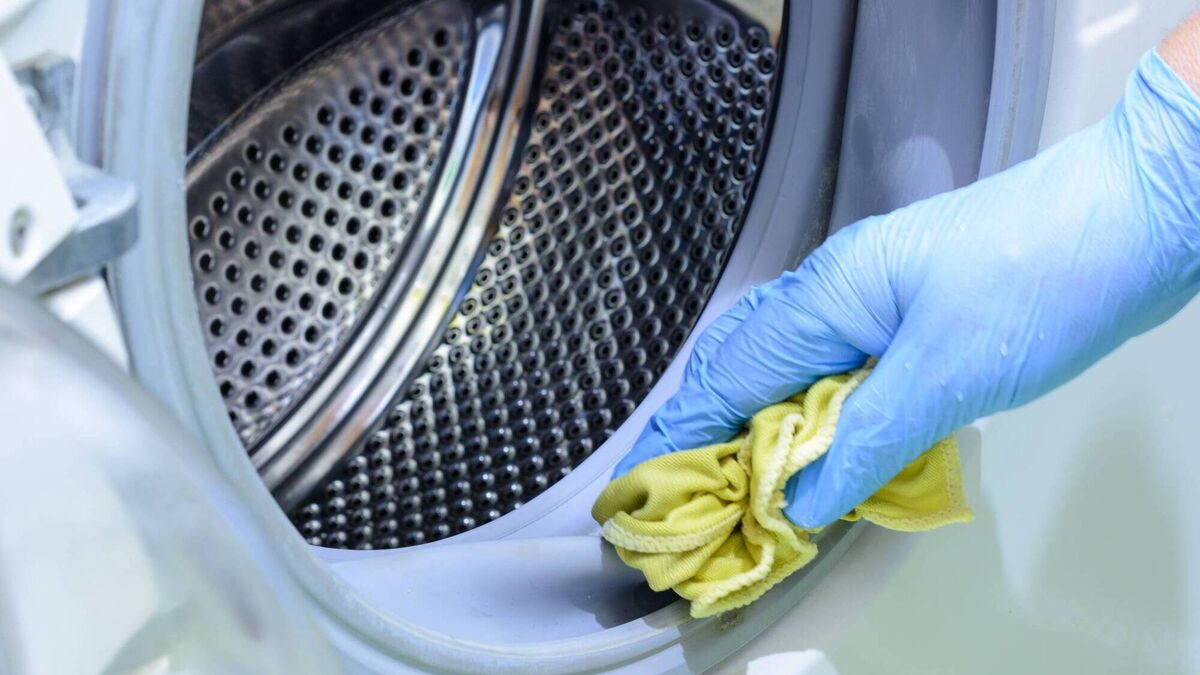
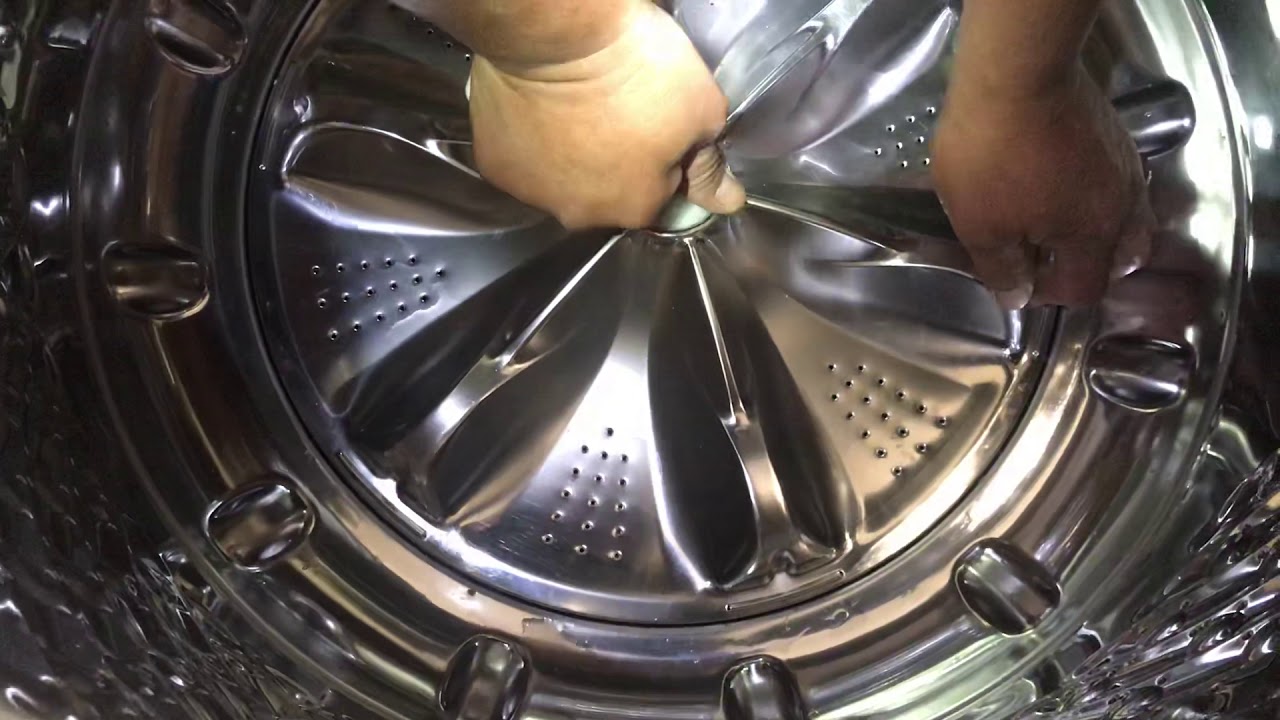
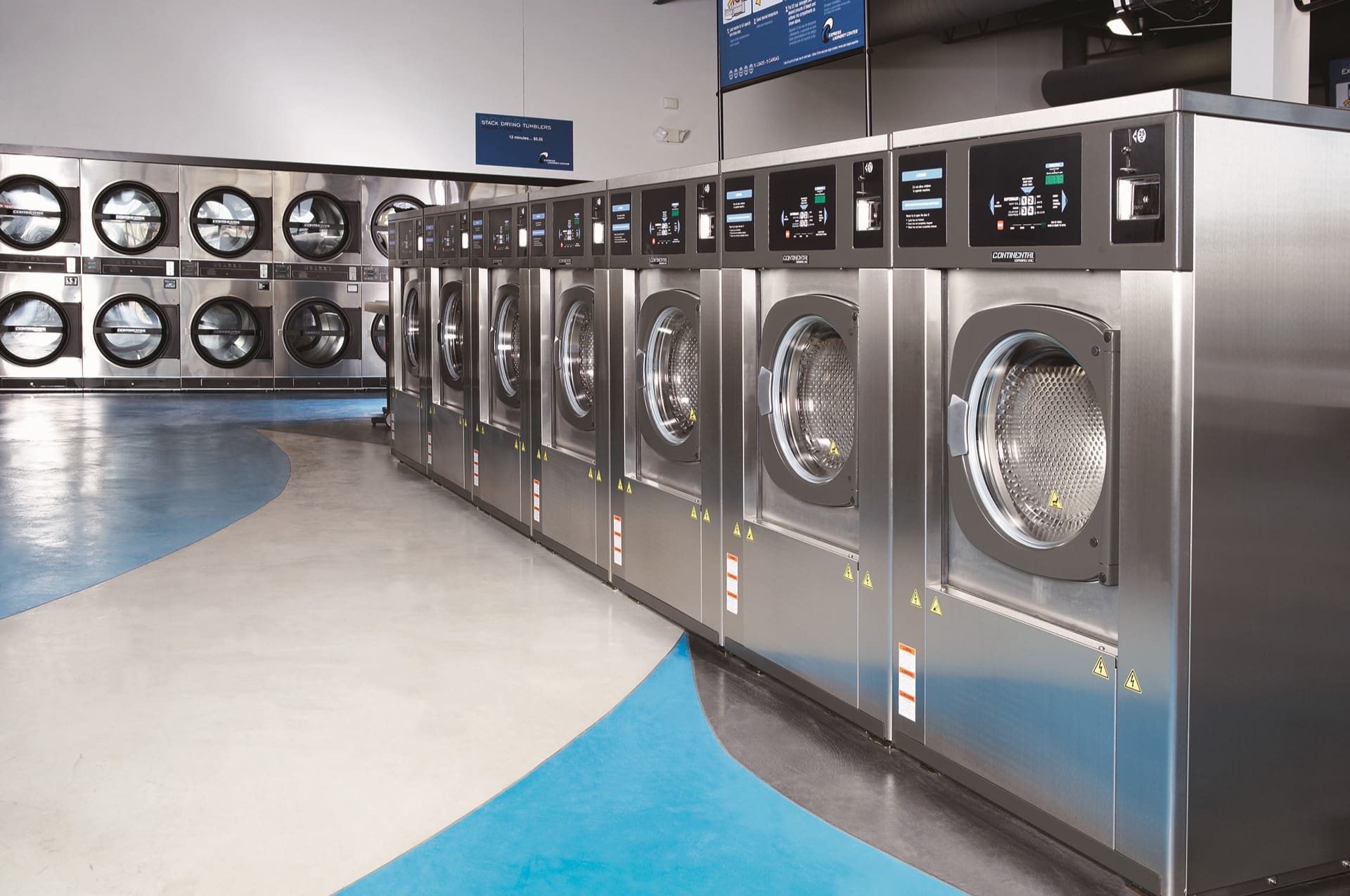
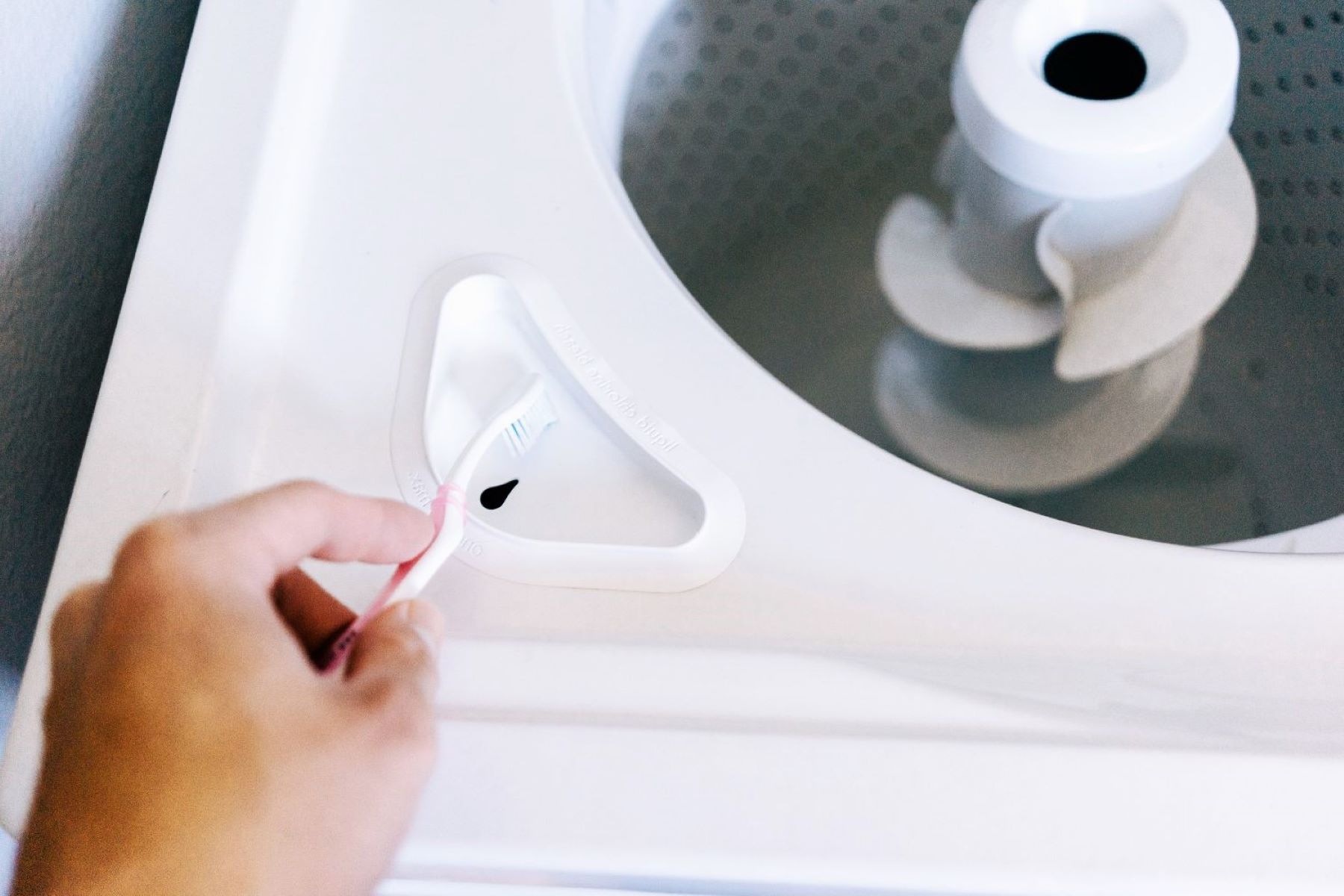
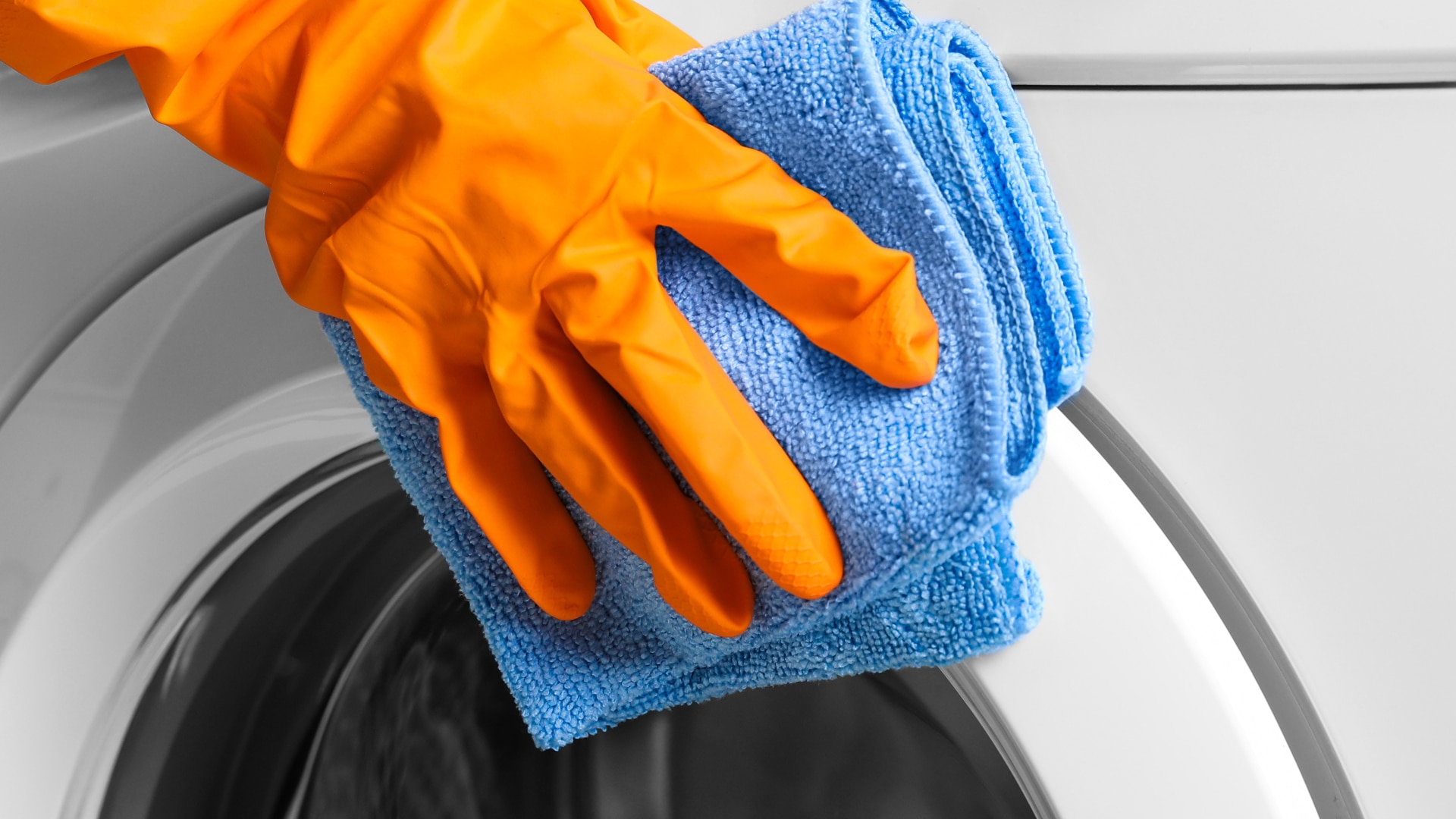
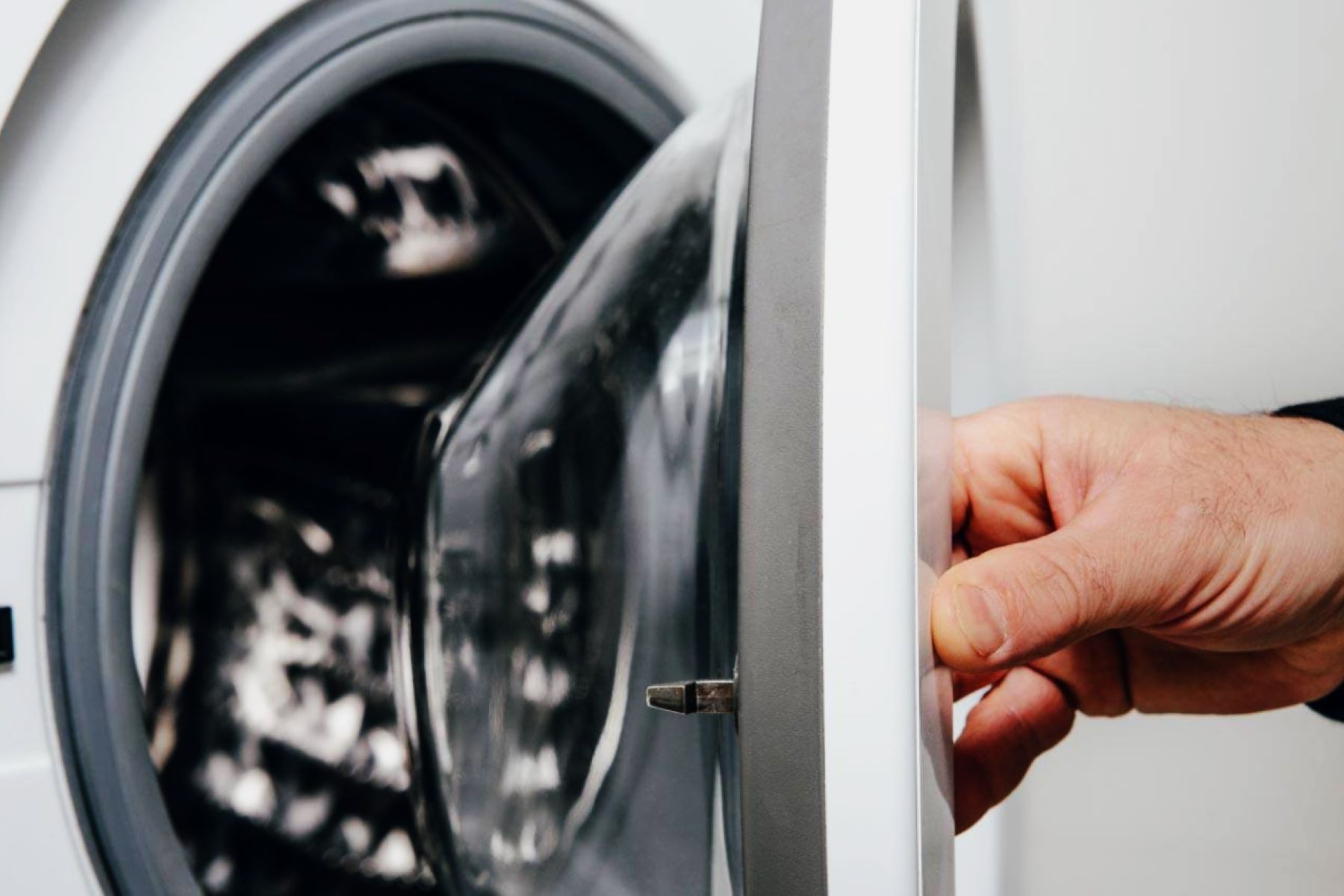

0 thoughts on “How To Open The Top Of A Washing Machine”